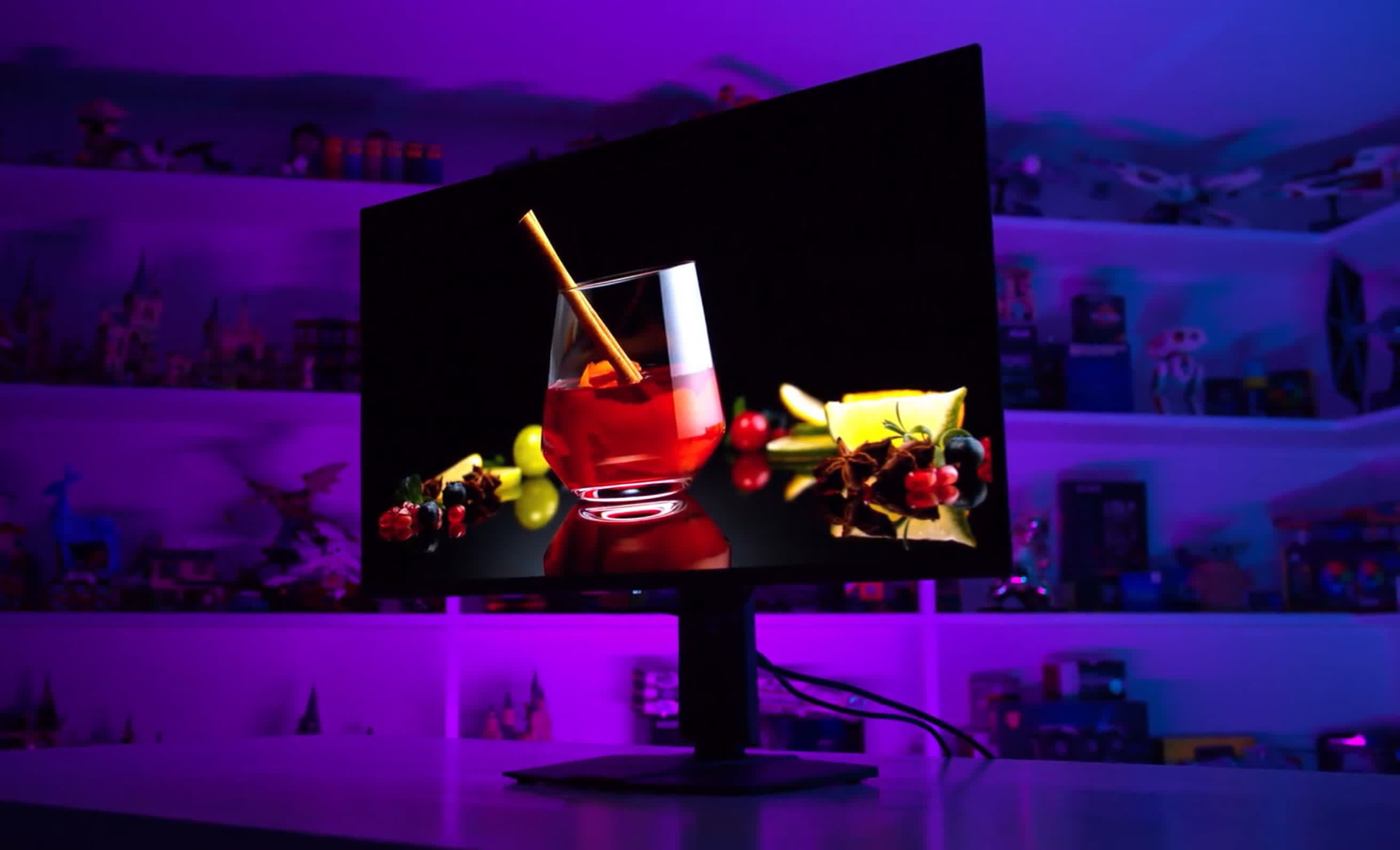您现在的位置是:控名责实网 > 听,是谁在唱歌
The OLED Burn
控名责实网2025-06-15 17:06:31【听,是谁在唱歌】2人已围观
简介We've been using the MSI MPG 321URX QD-OLED exclusively as a productivity monitor for the last six m 关键字3
We've been using the MSI MPG 321URX QD-OLED exclusively as a productivity monitor for the last six months,关键字3 and it's time to check in to see how the panel is holding up in terms of burn-in. Not much has changed in how we've been using this monitor – we've really been pushing it with a worst-case usage scenario for OLED – but there have been a few changes compared to the last time we checked for burn-in.
If you missed the last two updates, we recommend going back and checking out at least the initial article to get an idea of the setup we're using and why we've chosen MSI's 4K 240Hz QD-OLED gaming monitor as our workstation display.
Essentially, the idea here is to perform a real-world test of OLED longevity in the worst possible configuration, effectively burning in the display on purpose. We swapped a 32-inch 4K IPS LCD for this new QD-OLED and changed nothing else about the setup – no dark mode, no screensavers, or anything like that – to see if OLED monitors can truly be used as LCD-equivalent productivity displays long-term.

I use my monitor more than 8 hours a day, sometimes continuously, with no breaks for the display to turn off and rest. This leads to hours upon hours of static usage in applications like web browsers, Microsoft Office (including Excel), and production tasks like Adobe Premiere and Photoshop. With virtually no content consumption and zero gaming in our daily use of this display, this is not how we recommend usingan OLED at all, though it's a use case that has been perfectly fine for LCDs for a long time.
After one month of usage, the MSI 321URX showed no signs of burn-in at all, which was expected. At that point, we'd used the monitor for about 200 to 250 hours. After three months, we started to see faint signs of burn-in, and by that time, we'd used the display for approximately 650 to 750 hours with 71 panel compensation cycles.

Six months into this experiment, we estimate the usage to be between 1,200 and 1,500 hours, and the monitor indicates that it has run 141 compensation cycles. This aligns with what we reported previously – about double the usage and about double the compensation cycles. We're still seeing around 9 to 10 hours of usage at 200 nits of brightness per compensation cycle.
As we mentioned in the last update, the recommended rate for panel protection cycles is every four hours, so in our typical usage, it's running less than half as often as is ideal. However, this is a totally realistic scenario for someone using this display for full-time work, especially if you don't put the monitor to sleep during breaks. We've set the display to sleep after two hours, which is far longer than we would recommend for general OLED use, but it's the same setting we used for our LCD.
很赞哦!(71471)
相关文章
- The One Thing Next
- “守沪青春之模法学院”游学营在沪举行 为青少年健康成长保驾护航
- 立冬别忘吃饺子 9种花样饺子的包法图解
- 健儿突破历史百姓乐享冰雪,盘点北京冬奥会的“广东贡献”
- 全方面升级!《野蛮人大作战2》永不停歇的前进之路
- Bill Nye is only taking selfies with climate
- Inzaghi to coach Saudi Arabia's Al Hilal
- 国足前瞻:荣誉战赢球避免垫底 伊万或轮换阵容
- The Real Nvidia GPU Lineup: GeForce RTX 5060 is Actually a Mediocre 5050
- Brazil held in Ancelotti debut







